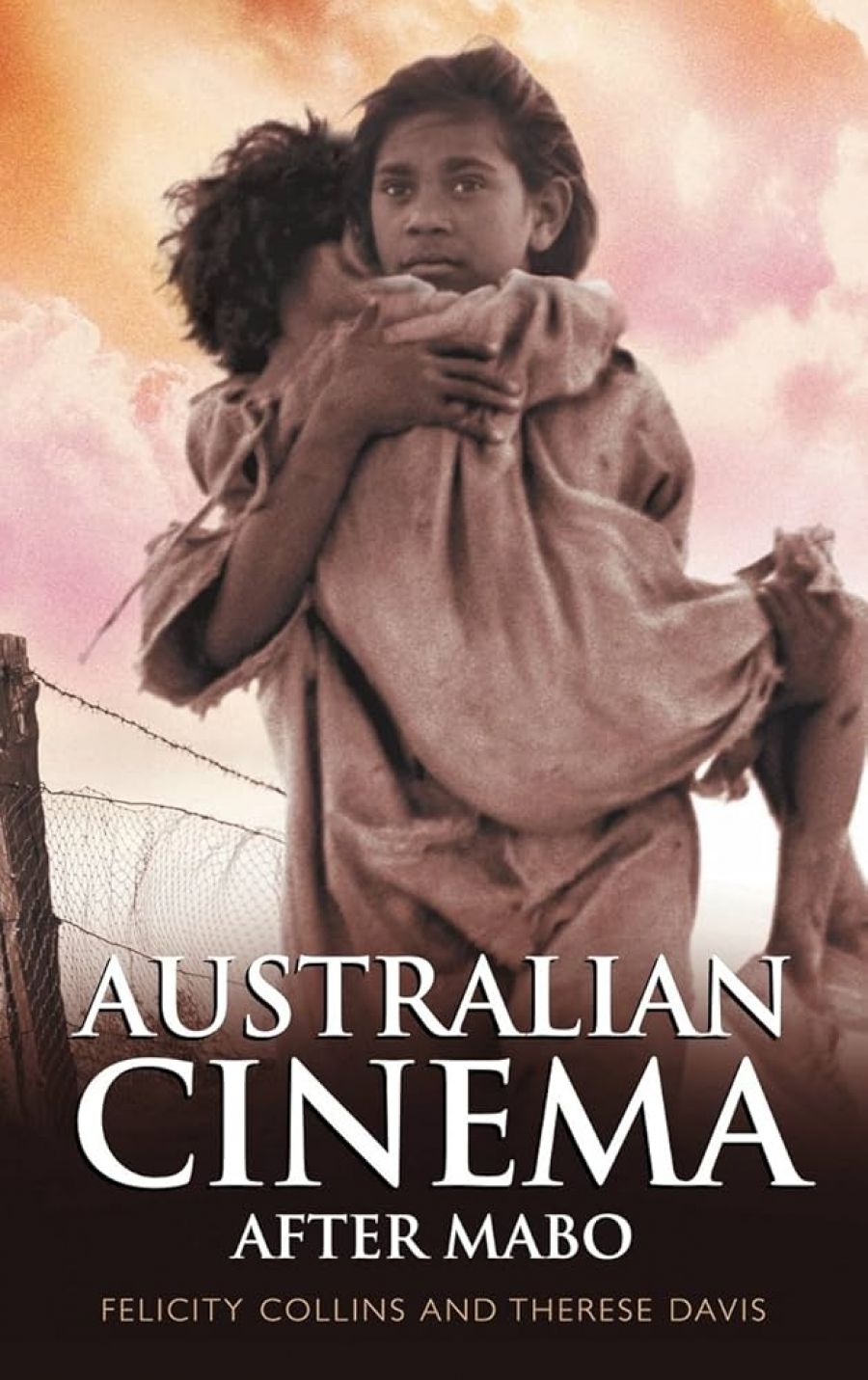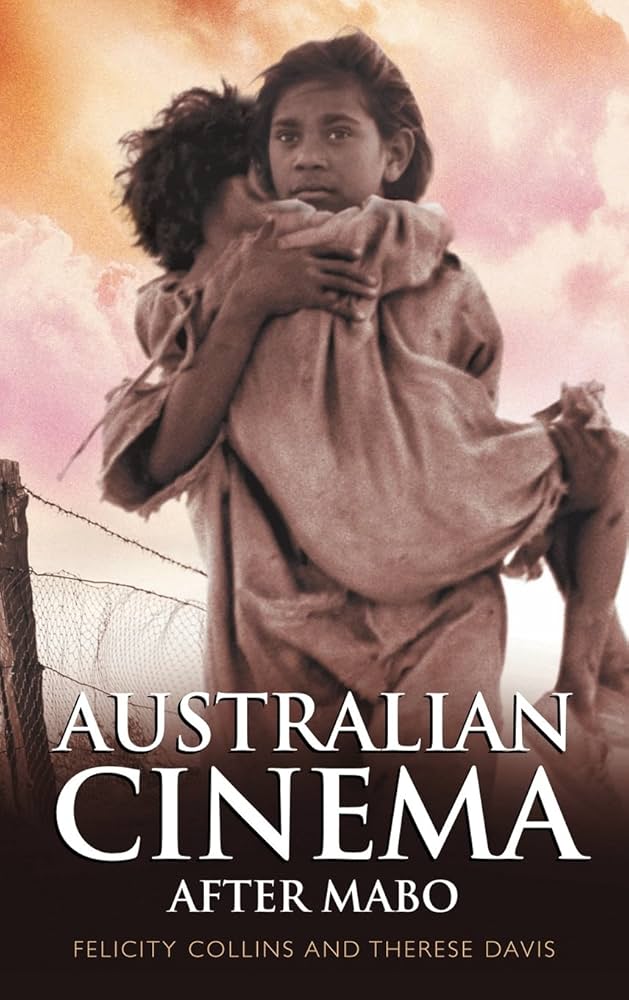
- Free Article: No
- Contents Category: Film Studies
- Review Article: Yes
- Article Title: The Dark Wood
- Online Only: No
- Custom Highlight Text:
This book fulfils two objectives. Within popular culture’s contribution to concepts of national identity, it energises a gap left in cinema studies by taking the contemporary discussion from the 1990s through to Japanese Story (Brooks, 2003). Secondly, it attempts to place films produced in the last ten years within the context of what the authors clearly believe to be the single most important recent event in the positioning of a dialogue between white and Aboriginal populations about belonging. That event is the Mabo decision of 1992 by the High Court that native title did exist at the time of the British invasion in 1788. The authors contend that this decision marks a watershed in the political unconscious of the nation. The assumption of terra nullius, that the land was not occupied and therefore entailed no transaction of settlement rights, was overthrown. More contentiously, they argue that this decision has caused a deep trauma in the white community, symptoms of which may be seen in the movement for reconciliation. At the heart of their study is the idea that this trauma is entangled in the major themes of most, if not all, the films produced locally post-Mabo.
- Book 1 Title: Australian Cinema After Mabo
- Book 1 Biblio: CUP, $39.95pb, 208pp
- Book 1 Cover Small (400 x 600):

- Book 1 Cover (800 x 1200):

Ideology – as opposed to politics, whose presence in any art form distorts it to a form of banal polemic – more comfortably occupies the basement of popular culture than it does other art forms. Ideology works at two levels: it attempts to elucidate the fragmentary, divisive impact of historical issues; and it seeks an exit from such a challenge of the divided subject by reaffirming the integration in the aesthetic imaginary of social and national coherence. It is this imaginary belonging that the trauma of history continually challenges. The authors acknowledge this process late in their book, preferring to foreground the afterlife of the trauma as symptoms of the denial, absorption, guilt and negotiation that infect generic narratives. The response to history as trauma, however, puts paid to all considerations of a cohesive national identity.
Felicity Collins and Therese Davis are good at analysing films dealing directly with the overlay of race relations, as in Australian Rules (Goldman, 2002), or with the depiction of past abuses and their accompanying shame. For example, addressing the stolen generations, Collins and Davis’s description of the epic journey, that reaffirms belonging to their northern home measured against the alienation of the Central Desert that the three Aboriginal children in Rabbit Proof Fence (Noyce, 2002) cross, is excellent. The book is less good at the way ideological inference is hidden in leitmotifs that are either overdetermined or displaced, as in dreams. For example, the authors miss the significance of the fence’s ambiguity. It is both a visible desire line to home and a barrier against imported pests, and therefore becomes an analogon or unresolved carrier of conflicted ideologies, indicating the film’s themes of fear of miscegenation, supremacist policies and identity through landscape. It is only after quitting the fence that the children escape capture and, one could argue, incorporation in a white romance quest to which their black tracker, both generically and ideologically, is confined.
The authors wrongly, in my judgment, believe the six films about Aboriginal themes commissioned by SBS and the Adelaide Festival in 2002, in going against the grain of John Howard’s ‘relaxed and comfortable ethos’, have opened up spaces for different vernaculars in the gap between transnational and local audiences. This is a contested dichotomy that does not take into account more recent developments, such as the abandonment of SBS Independent’s policy on controversial scenarios or the near collapse of the film industry as the result of declining government support. The industry is yet to define and deal with the full impact of the so-called Free Trade Agreement.
More critical for their attempt at ideological analysis, however, is the decision by the authors to fix on the moment of historical trauma as the Mabo case. A number of their specific case studies, such as Head On (Kokkinos, 1998) and the overlong exposition of Strange Planet (Croghan, 1999), stretches the relevance of film to race relations far too thinly, while an important film about black–white concepts of law, Dead Heart (Parsons, 1996), isn’t mentioned at all. What of other moments of historical intrusion over the past ten years? In light of the abandonment of all discussion by both major political parties about reconciliation, it could be argued that the politicisation of illegal migration or the trauma of September 11 and the counter-flexive war on terrorism are more significant ideological trauma points within the Australian context for an account of the current interregnum, where security, complacency, xenophobia and mediocrity are the values that silence any discussion, cultural or otherwise, of difference, responsibility or backtracking into the dark wood of the past.


Comments powered by CComment